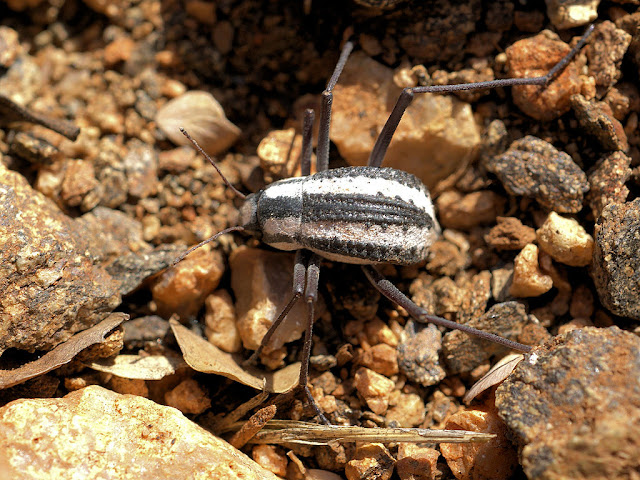Physics of how do Dessert beetles survive in most arid regions?
The Namib desert in south Africa extends around 2000 km and has less than 10 mm of rain annually and this coastal desert is almost completely barren.
The species of beetle that is native to the Namib Desert in southern Africa is able to survive by collecting water on its bumpy back surface. To collect water, the beetle stands on a small ridge of sand angling the body, the beetle catches fog droplets on its hardened wings. Minute water droplets from the fog gather on its wings; there the droplets stick to hydrophilic valleys, which are surrounded by waxy, hydrophobic troughs. Droplets flatten as they make contact with the hydrophilic surfaces, preventing them from being blown by the wind and providing a surface for other droplets to attach. Accumulation continues until the combined droplet weight overcomes the water's electrostatic attraction and air resistance to the bumps on the back of the beetle, such a droplet would stick to the wing until it grows to roughly 5 mm in diameter; at that point, it will roll down the beetle's back to its mouthparts.
Image :Wiki
further reading:https://www.sciencemag.org/news/2019/11/could-desert-beetle-help-humans-harvest-water-thin-air






Comments
Post a Comment